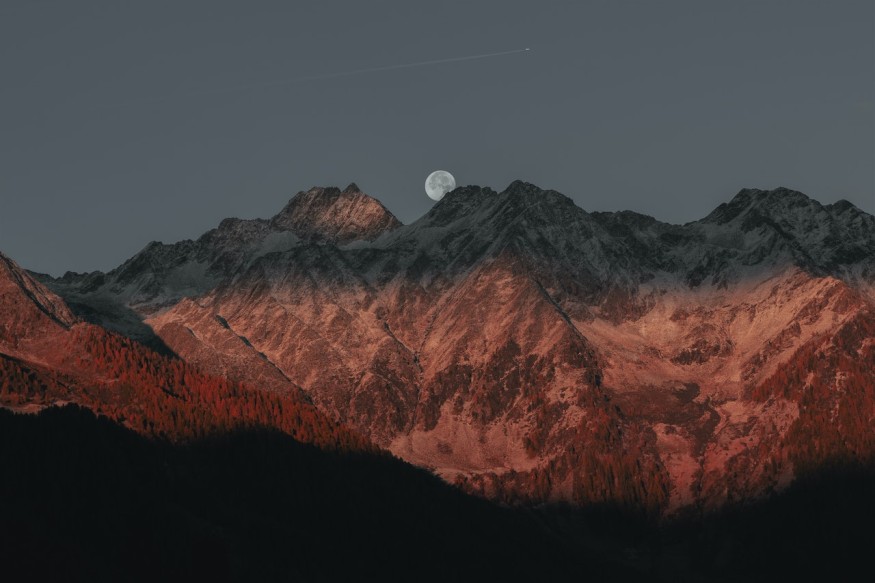Research shows how climate change will gravely affect the mountains and the activities of humans. According to SciTechDaily, there could be an increase in the probability of river floods, avalanches, debris flows, outburst floods of lakes, and landslides.

Mountains May Become Dangerous
Because of climate change, mountainous landscapes worldwide are vulnerable to becoming dangerous to those who live among them. The boosted evolution of these natural landscapes may also lead to other environmental risks to regions that surround them.
This was according to the study of scientist Jasper Knight from Wits University. Knight looks into the mountains' sensitivity to climate change in this new study. The research also shows how intricate systems of mountains respond to climate change in different and quite unforeseen ways. It also digs into how these responses may impact the mountain landscapes and their surrounding communities.
ALSO READ : Climate Change Causes Mass Extinctions: Humans, Animals, Plants Species May Have Shorter Time to Adapt
Mountains Respond Differently to Climate Change
Knight mentions how glaciers of mountains retreat due to global warming and consequently affect the mountain's ecosystems, landforms, and people. He notes how the IPCC, or Intergovernmental Panel on Climate Change, treats each mountain as if they all had equal sensitivity and responds in the same way. Knight notes that this is not the right approach.
Mountains that are icy and full of slow function entirely different compared to mountains in low latitudes where snow cannot be found. Such is vital in determining the mountains' response to climate change and the possible future landscape evolution patterns that the world can expect.
Climate Change May Affect Water Supply Sourced From Mountains
From all over the world, ice and snow from the mountains serve as a water source for over hundreds of millions of individuals. However, this source may end up in jeopardy as weather patterns keep shifting and mountain glaciers keep getting smaller.
SciTechDaily reports how in the future years, the water supply may become worse in drier areas of North and South America, Europe, and Asia.
Climate Change Increases Catastrophic Risks
Knight's study also highlights the grave impacts on human activity and mountain landscapes. This covers heightened risks of events such as landslides, river flows, and avalanches. Permafrost warming and glacier retreat get aggravated by these.
Certain endemic species and alpine ecosystems are already at risk of getting locally extinct. Moreover, the slopes of mountains are getting even greener as forests in the lowland transfer to areas with higher altitudes.
With the shrinking of ice and snow, the surfaces of mountains get darker. Such changes drastically alter the balance of heat. This means that they warm up much faster compared to their surrounding areas. This means that the impacts of climate change are heavier in the mountains than in other areas.
Science Daily also notes how the surrounding cultures and communities will be directly affected by it. Traditional agriculture and transhumance are gradually dying as water supplies get even scarcer and areas for grazing get smaller.
This recent study shows that mountains should be protected and be considered as integrated socioecological and biophysical systems, wherein both the people and the actual landscapes are of great importance. Doing so may help in safeguarding such areas from future threats.
RELATED ARTICLE : Locust Pest Outbreaks May Increase as Climate Change Continues
Check out more news and information on Climate Change in Science Times.











